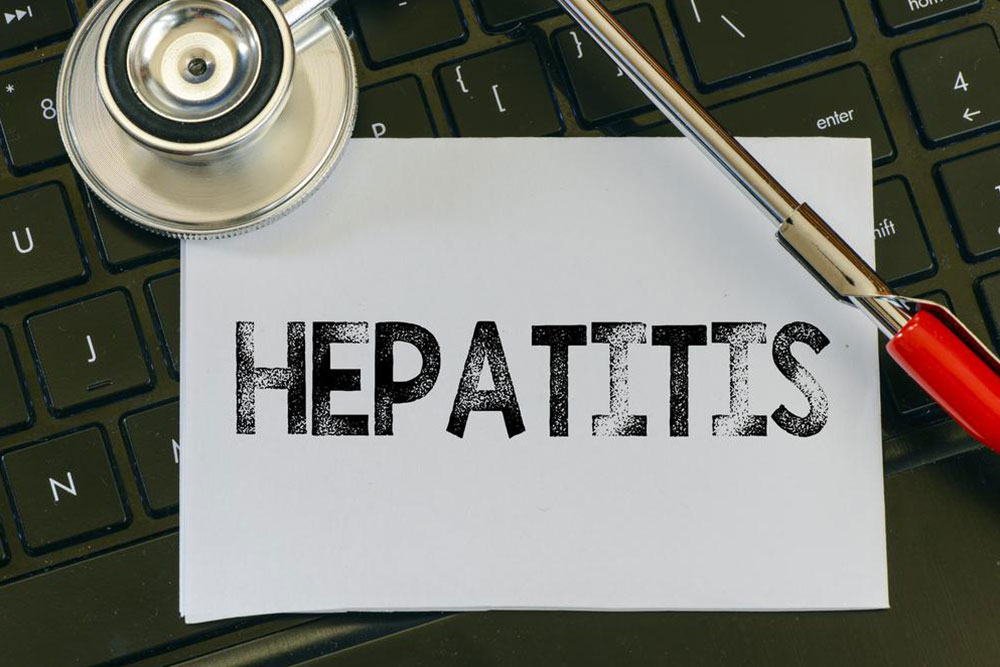Comprehensive Guide to Recognizing the Signs and Symptoms of Hepatitis C Infection
Hepatitis C is a silent but serious viral infection targeting the liver. This comprehensive guide explores the common signs, symptoms, and stages of hepatitis C, from initial mild symptoms to chronic complications like cirrhosis and liver cancer. Early detection through blood tests and medical monitoring is crucial, especially since many infected individuals are asymptomatic. The article also discusses transmission routes, associated symptoms, and the importance of timely treatment with antiviral medications. Staying informed and vigilant can help prevent long-term health consequences and improve quality of life for those affected by hepatitis C.

Comprehensive Guide to Recognizing the Signs and Symptoms of Hepatitis C Infection
Hepatitis C is a viral disease that primarily targets the liver, causing inflammation and, if left untreated, can lead to serious long-term health complications. This infection is caused by the hepatitis C virus (HCV), which was discovered in 1989. It is classified among the main hepatitis viruses, which include types A, B, C, D, and E. According to global health data, approximately 2% of the world's population—equating to around 143 million people—are living with hepatitis C. Despite the availability of highly effective antiviral treatments, there is still no vaccine available to prevent HCV infection. The virus spreads mainly through blood-to-blood contact, which can happen through various routes such as blood transfusions, sharing contaminated needles, body modifications like tattoos or piercings without proper sterilization, and sexual contact involving exposure to infected blood.
Understanding the signs and symptoms of hepatitis C is vital for early diagnosis and management. If detected early, treatment can prevent progression to severe liver disease, including cirrhosis or liver cancer. Detection of infection typically involves blood tests to identify antibodies to HCV as well as viral load measurements. In advanced cases, particularly when liver damage has become severe, liver transplants may be considered as a treatment option.
Many people infected with hepatitis C remain asymptomatic for years, which makes early detection challenging. Recognizing the onset of symptoms can significantly influence treatment outcomes. Below, we delve into the common signs and symptoms associated with hepatitis C infection, explaining what individuals should watch for during different stages of the disease.
Initial or Acute Infection Symptoms
In roughly 15% of cases, symptoms are evident during the initial, acute phase of hepatitis C infection. These symptoms tend to be mild and often go unrecognized. Common signs include persistent fatigue, muscle aches, joint pain, reduced appetite, nausea, and unintentional weight loss. Interestingly, many individuals, especially young females, spontaneously clear the virus without treatment, a process known as spontaneous viral clearance. During this stage, jaundice is uncommon, and most individuals do not experience severe illness or liver failure. Nevertheless, some may develop mild symptoms that resolve on their own.
Chronic Hepatitis C Symptoms
About 80% of infected individuals develop chronic hepatitis C, a condition marked by persistent viral infection lasting six months or longer. Over time, ongoing inflammation causes scarring of the liver, known as fibrosis, which can progress to cirrhosis. The physical consequences of cirrhosis are significant and include portal hypertension, which leads to abdominal fluid buildup, hemorrhoids, enlarged veins, easy bruising, and bleeding tendencies. Patients may also notice jaundice—yellowing of the skin and eyes—and experience cognitive issues such as confusion or difficulty concentrating due to hepatic encephalopathy. Furthermore, long-term hepatitis C infection elevates the risk of developing hepatocellular carcinoma (liver cancer). Chronic fatigue and a general feeling of unwellness are prevalent among afflicted individuals, severely impacting quality of life.
Occult or Hidden Infection
In some cases, hepatitis C persists without typical symptoms or detection through standard screening tests. These cases are known as occult or hidden infections. They are characterized by the absence of detectable antibodies or viral RNA in the bloodstream, yet evidence of liver damage or elevated liver enzymes suggests ongoing infection. Advanced diagnostic techniques—such as liver biopsies, ultrasounds, or specific molecular tests—are required to identify these occult infections. While often less severe than overt infection, these hidden cases still necessitate close medical monitoring and treatment to prevent further progression of liver damage.
Common signs that may indicate hepatitis C infection include fever, dark-colored urine, loss of appetite, discomfort or pain in the upper right abdomen, persistent fatigue, muscle and joint aches, jaundice (yellowing of the skin and eyes), nausea, unexplained weight loss, and in men, breast enlargement (gynecomastia). Some individuals may also experience bleeding issues such as easy bruising or bleeding gums. The symptoms can be subtle and easily attributed to other health conditions, which underscores the importance of regular screenings, especially for those at higher risk. Prompt medical evaluation and testing are crucial for accurate diagnosis.
Though diagnosing hepatitis C can be complex due to its often asymptomatic nature, treatment advances have made the disease highly manageable. Antiviral medications can eliminate the virus, and maintaining a healthy lifestyle, including proper diet and avoiding alcohol or hepatotoxic substances, supports liver recovery. Early detection is critical for improving prognosis, preventing severe liver damage, and reducing transmission. Engaging in safe practices, routine testing, and seeking medical advice if symptoms appear are essential steps in controlling hepatitis C infection.





